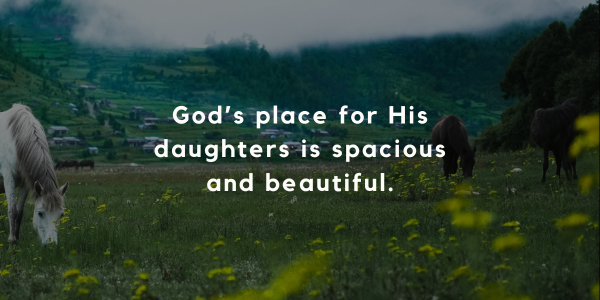The Dry Season
- reallyadmin
- Mar 22, 2022
- 3 min read
We all go through dry seasons. But do we recognize them? Joanna Williams guides our growth.
Elisa

The Dry Season
By Joanna Williams
When I first arrived in a rural region of Puebla, Mexico in December, it was the beginning of what people there called "la cuaresma." The official translation for that word in Spanish is "Lent," but for the people who I met in Puebla, cuaresma also meant the dry season.
As I continue to journey through Lent, I remember this linguistic connection and wonder what it means to look at Lent like the dry season. In regions such as Puebla, the almost complete lack of rainfall for 6 months of the year has striking effects on the landscape. There is almost no vegetation. The few trees that I could see didn't have leaves. All the grass on the hills was yellow. Fields without access to irrigation lay barren.
Similar to the barrenness of the dry season, Lent is a reminder of when the Holy Spirit led Jesus into the desert for 40 days before being tempted. Jesus neither ate nor drank and was stripped away from worldly contact as he prepared himself for his encounter with the tempter. Lent in Christian tradition is recognized as a time of fasting and prayer as we intentionally strip away the greenery that the rainy season brings. Now, part way through the Lenten season, is a good time to reflect upon how our Lenten sacrifice, if we chose to make one, is helping us or could help us grow closer to God.
In Puebla, the visibility of the dryness has other impacts, namely economic. In the dry season, only the few farmers with access to wells can plant. So most of the men do not work and live day to day, trying to scrape by to at least provide food for their family until the rainy season.
This reality of the dry season has two implications for us in Lent. First, just as those families hope and pray that God will provide for them in the dry season, the barrenness of Lent calls us to cultivate a deeper reliance on God. Second, in consideration of those who live without the security of savings or steady income, Lent is a particularly appropriate time to live in generous solidarity with those who do not have economic resources. In fact, in Christian tradition, almsgiving is a part of the Lenten season.
The beauty of cuaresma, whether Lent or the dry season, is that both are only seasons.
We see the dry grass but know that as soon as the rains come the countryside will be lush again.
We accompany Jesus in the desert, and afterwards in his suffering and death, but know that soon we will be celebrating his resurrection and the promise of eternal life. As we continue a Lent where we fast, pray, and give to those in need, we do so because of the great hope we have in the goodness and abundance of our God.

Joanna Williams is the Executive Director of Kino Border Initiative, a binational organization that works in the area of migration and is located in Nogales, Arizona and Nogales, Sonora, Mexico. Joanna wrote this article several years ago when she was spending a year in Mexico on a Fulbright grant to research the reintegration of deported and returned migrants. She has a bachelor’s degree from Georgetown University and a Master’s of Public Policy from Arizona State University. Joanna lives in Tucson with her husband and daughter.






Comments